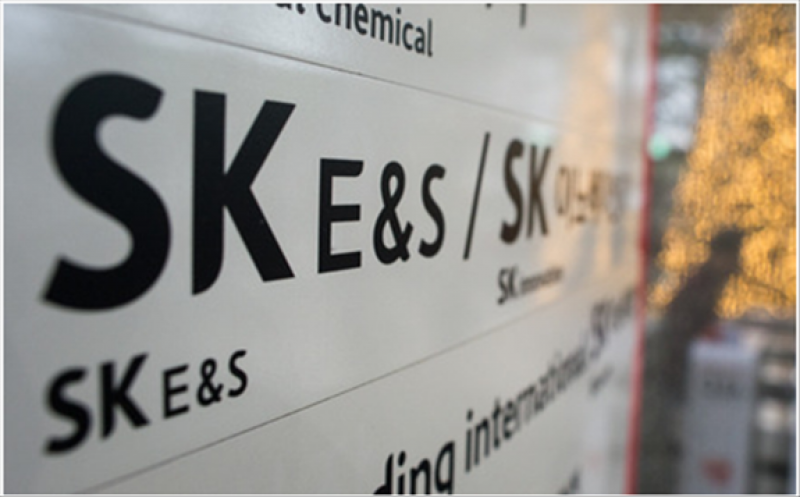SK E&S and Plug Power have signed a joint venture contract for joint business in the Asian hydrogen market. Their stakes in the joint venture are 51 percent and 49 percent, respectively.

They are planning to build a gigafactory and an R&D center for hydrogen fuel cell and water electrolysis equipment manufacturing in South Korea by 2024. The equipment and fuel cells to be manufactured there are scheduled to be supplied to Asian countries. According to market research firms, the Asia-Pacific water electrolysis equipment market is expected to grow from 125 MW to 490 GW from this year to 2040.
The polymer electrolyte membrane fuel cells to be manufactured there are characterized by their high energy efficiency, simple structure and high levels of durability and low-temperature operability. These days, fuel cells of this type are being increasingly used in a wide variety of fields, including hydrogen vehicle and power generation. In addition, the cells are based on direct hydrogen injection instead of LNG and LPG and generate no pollutants in generating electricity.
At present, Plug Power’s share in the U.S. hydrogen forklift market is as high as 95 percent. Forklifts equipped with its hydrogen fuel cells have been exclusively supplied to Amazon and Walmart.
The two companies are also planning to work on the commercialization of green hydrogen using the water electrolysis equipment to be produced in South Korea. Water electrolysis equipment is used in producing hydrogen by electrolyzing water in its natural state. The equipment generates no pollutants in the process. SK E&S is aiming to turn itself into the biggest player in the global hydrogen market by increasing its annual liquid hydrogen production capacity and blue hydrogen production capacity to at least 30,000 tons and 250,000 tons by 2025, respectively.